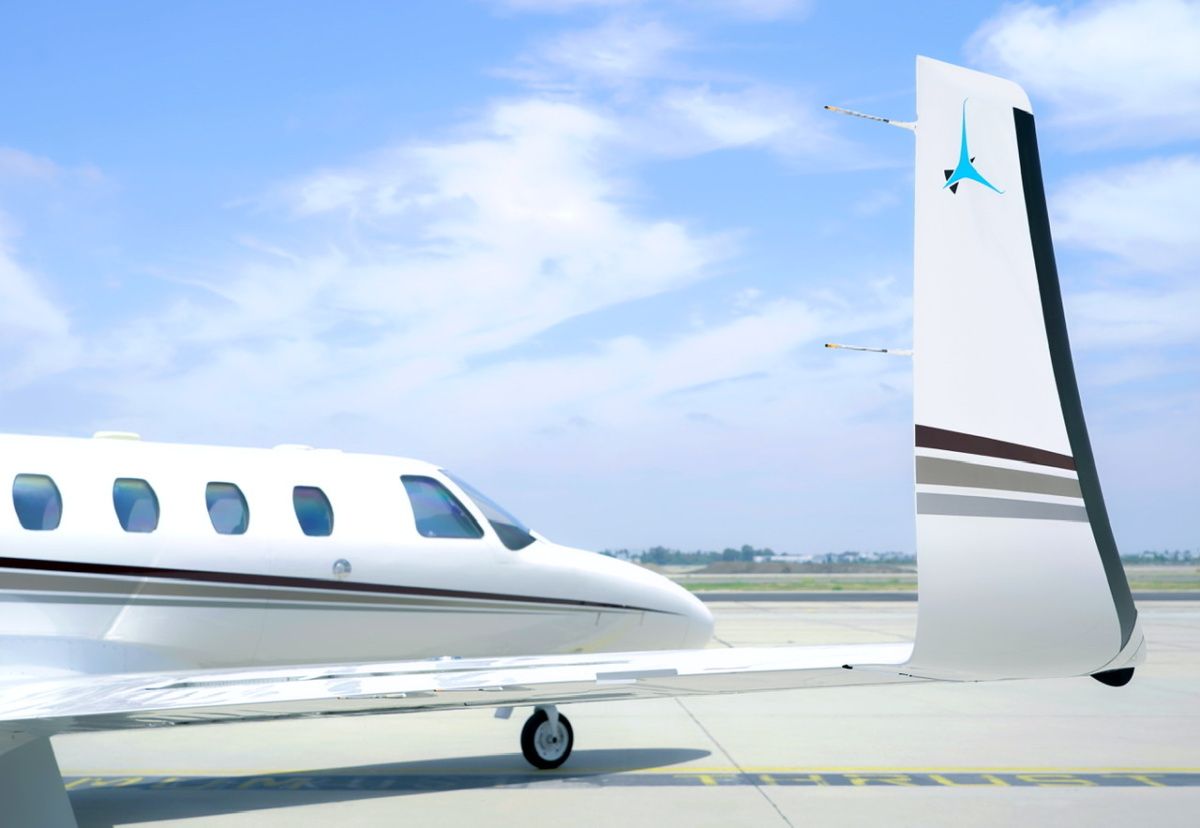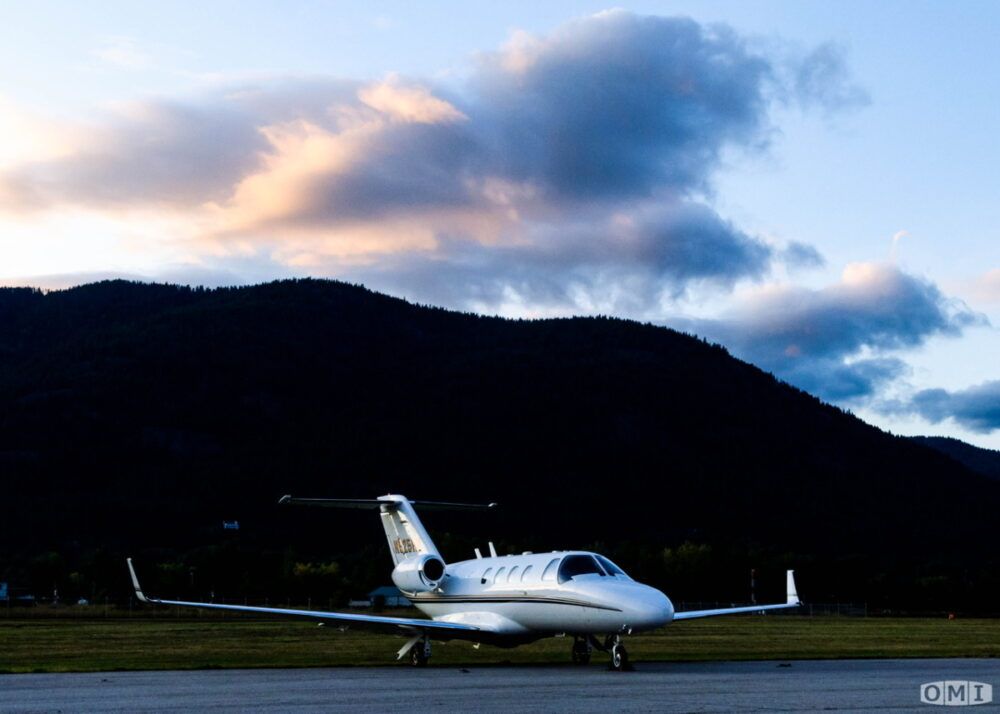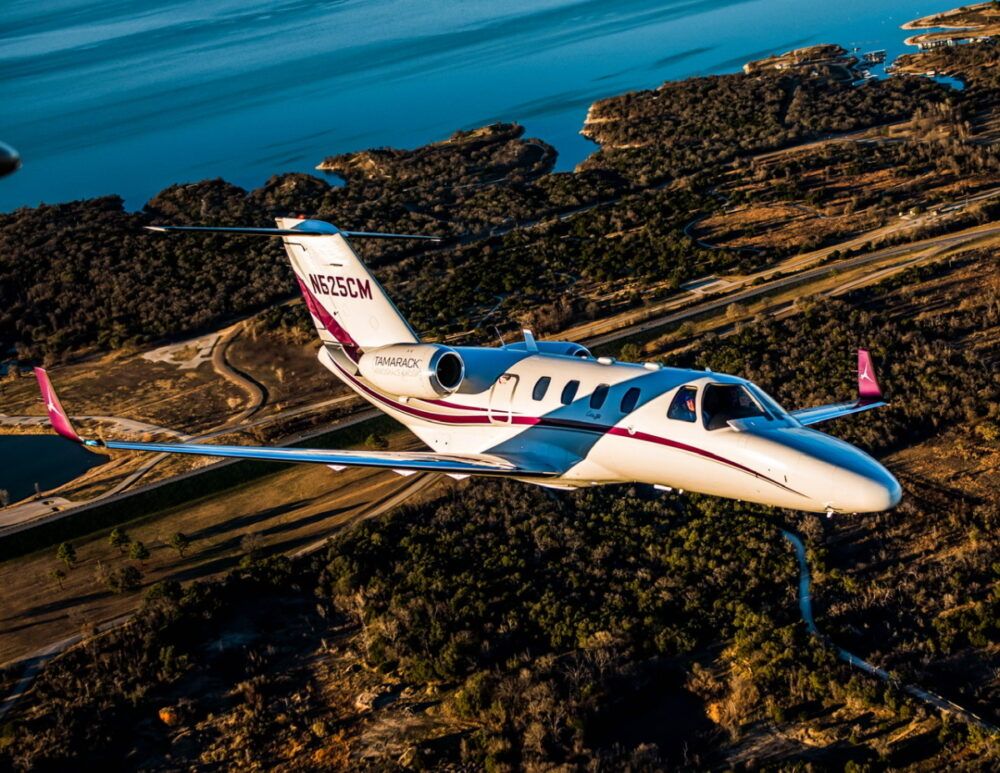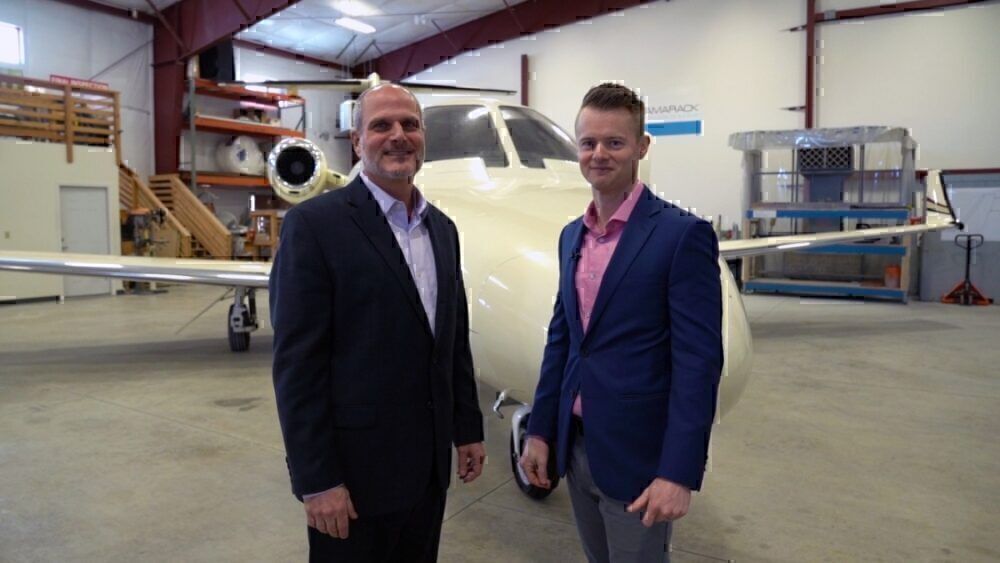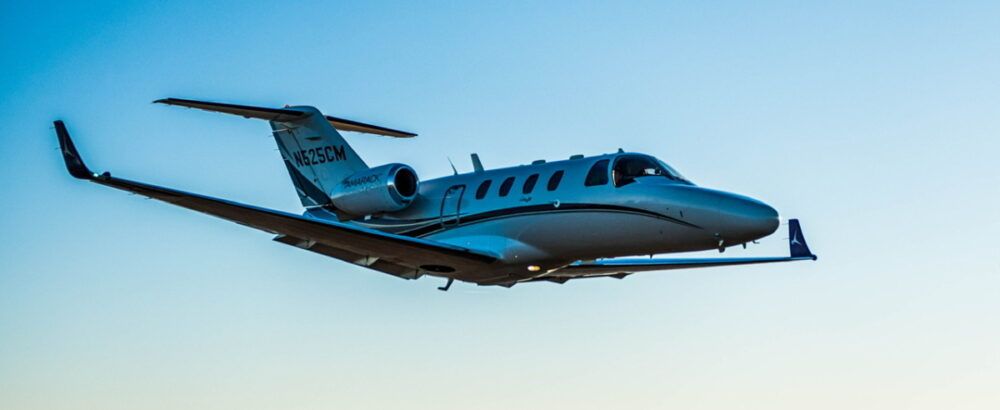Winglets are now a mainstay in commercial aviation. Their ability to improve fuel efficiency and cruising range has made them an important part of the modern aircraft production process. With airlines continuing to strive for better efficiency, Tamarack Aerospace is providing a solution with its Active Winglets that can offer 15-33% in savings when it comes to fuel.
Keeping active
Simple Flying had the opportunity to speak with Tamarack Aerospace's CEO Nicholas Guida and president Jacob Klinginsmith. The pair spoke about how the Sandpoint, Idaho-based firm is offering notable improvements when it comes to aircraft winglets.
Tamarack has installed its Active Winglets on over 100 CitationJets, covering the entire series, from CJ, CJ1, CJ1+ to M2, CJ2, CJ2+, CJ3, and CJ3+. The company is also certified by the Federal Aviation Administration (FAA) Supplemental Type Certificate (STC) for its Active Winglet system for the Cessna CitationJets. Moreover, it has approval for the installation of its Active Winglets on all eight variants of the Cessna 525, 525A, & 525B in Europe, Canada, Mexico, and Brazil.
Behind the process
Unlike traditional winglet modifications, Tamarack includes a wing extension and a winglet. Therefore, it has a much more substantial aerodynamic improvement than other winglet modifications.
There are three main structural parts of the Active Winglet technology - a wing extension, a winglet, and TACS (Tamarack Active Camber Surface, which is the active element). Altogether, all three parts make these winglets over three times more efficient than passive ones.
"Passive Winglets require additional wing structure and weight to carry the additional wing loads. Tamarack’s innovative Active Technology Load Alleviation Technology (ATLAS®) allows Tamarack to aerodynamically 'turn off' the winglet in specific conditions in less than 1/10th of one second, thus dumping additional loads," Tamarack told Simple Flying.
"Load alleviation enables a substantial increase in aspect ratio without the need for wing reinforcement (and added weight) or other compromises to the winglet design. The revolutionary Tamarack Active Winglet technology allows for a quicker climb to initial altitudes and uses less fuel while cruising. The ATLAS® system also allows an increase in max zero fuel weight as well as provide better high/hot take-off performance, leading to incredible savings."
These Active Winglets are just one application of the technology that the company has been working on since 2010. In total, the firm holds over 30 patents. Additionally, it is always looking for new aviation innovations, as well as continually enhancing its current products.
Covering ground
There are considerable benefits across the board. These winglets can provide increased safety, fewer stops, improved comfort, and smoother rides. There is also wing stress reduction and less wear and tear on brakes.
Tamarack also emphasizes reduced carbon footprint prospects. Compared to traditional passive winglets, which have been shown to reduce fuel usage measured in the 3% to 5% range, Tamarack highlights that Active Winglets reduce fuel usage by up to 33%.
"Calculating Return on Investment (ROI) is a multi-dimensional and very personal equation. Because Active Winglets provide a range of benefits that reduce operational costs, many factors can be considered along with the owner’s personal needs. The aircraft valuation company VREF has named a 100% return on investment for Active Winglets. For Cessna Citation Jet owners with 400 hours of annual flying, their investment is recouped in just 1.3 years," the company said.
"For example, one Tamarack Active Winglet customer routinely makes trips from Bozeman, Montana to Carlsbad, California. The fuel capacity on the jet is 3,220 lbs. On a typical trip, he lands with 700 lbs. of fuel left, but now with Active Winglets, this customer routinely lands with 1,400 lbs. of fuel. That’s a difference of 700 lbs. or 28% less fuel used with Active Winglets. This translates to about $41,600 in annual savings."
Altogether, the investment in Tamarack Active Winglets is recouped in fuel savings in 3.6 years. This number is based on 200 hours of annual flying. However, in reality, there could be a better ROI than that. For instance, when the customer sells the jet, the cost of the Active Winglet installation is recouped. They also have the experience of all the benefits of using Active Winglets.
Adapting well
The global health crisis continues to rock the aviation industry across the continents. Tamarack took a moment to comment on the impact that the pandemic is having on the market. It also spoke of how the business is responding.
It has launched several temporary special pricing programs for the Active Winglet technology. This year, the firm initially waived the $42,000 Active Winglet installation fee until the end of June 2020. This ensured Tamarack employees and the supply chain stayed strong while providing added economic resilience and safety margins for customer operations.
This factor has been particularly important to charter operators who have seen strong demand as travelers have sought ways to travel with reduced exposure. It has also been helpful for those looking to increase the utility of their aircraft. Instead of buying a larger jet to increase range, they can upgrade with Active Winglets to get the range they need.
This decade, Tamarack plans to continue expanding its global reach, beginning with the opening of its Tamarack European Installation Centre based in Oxford, United Kingdom. Notably, the company expects to see its Active Winglet technology on various aircraft spanning the private, military, and commercial sectors.
Even before the pandemic, airlines were keen to save fuel across their services. There are constant challenges to reduce costs and emissions across the aviation industry. Therefore, in the current climate, products such as these Active Winglets could go a long way.
What are your thoughts on Tamarack Aerospace's Active Winglets? Are you excited about the technology? Let us know what you think in the comment section.

